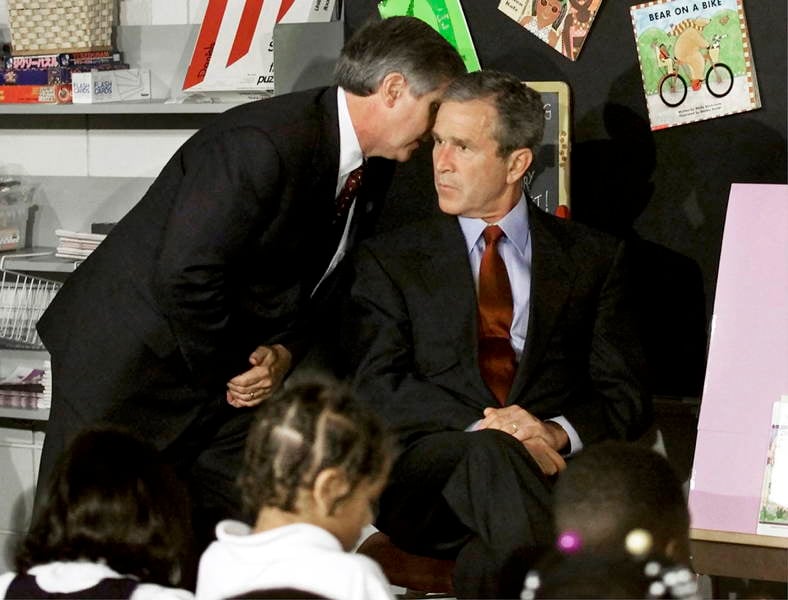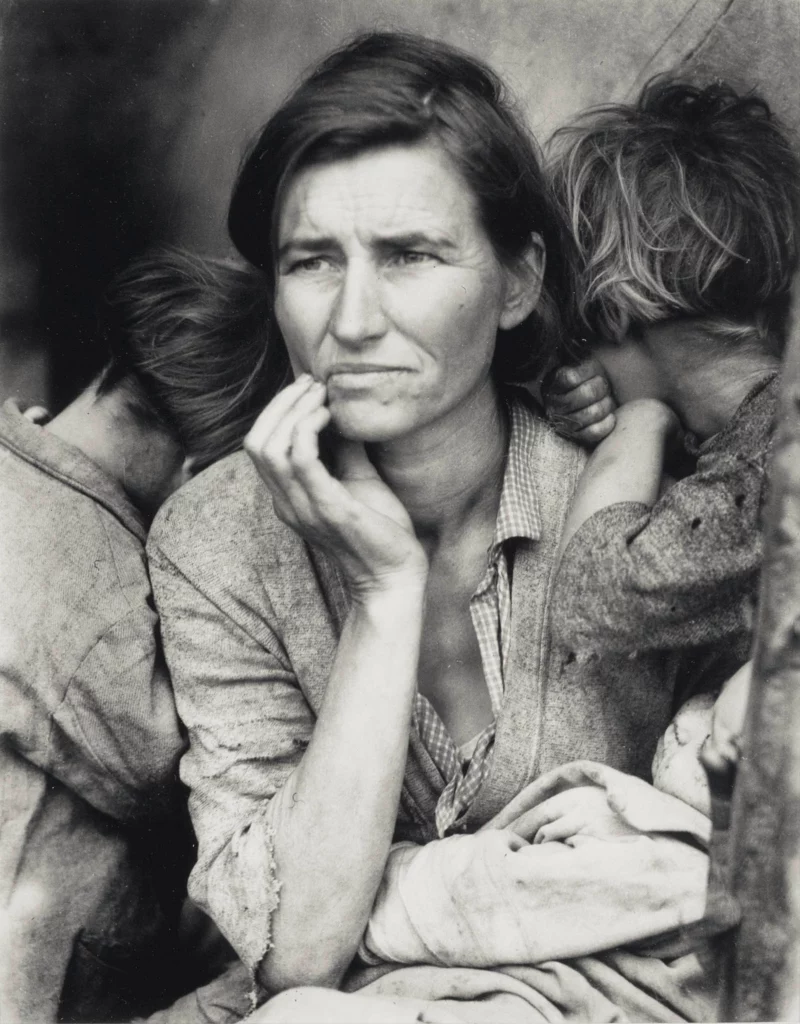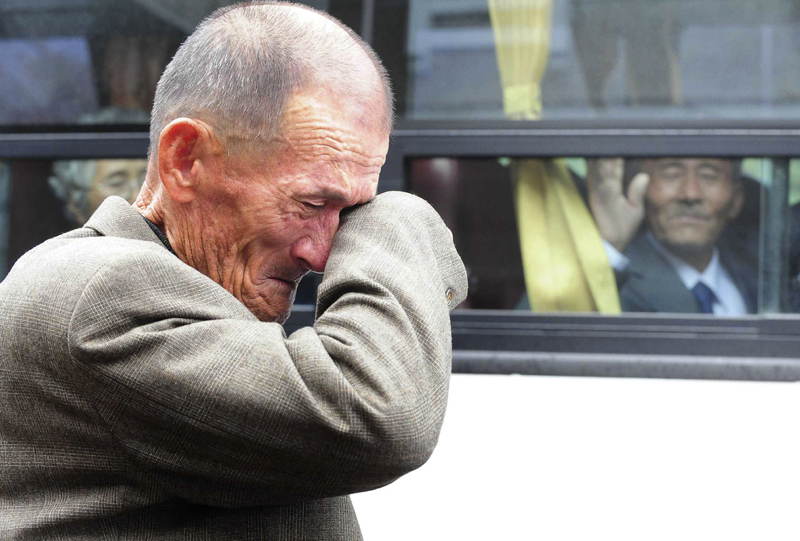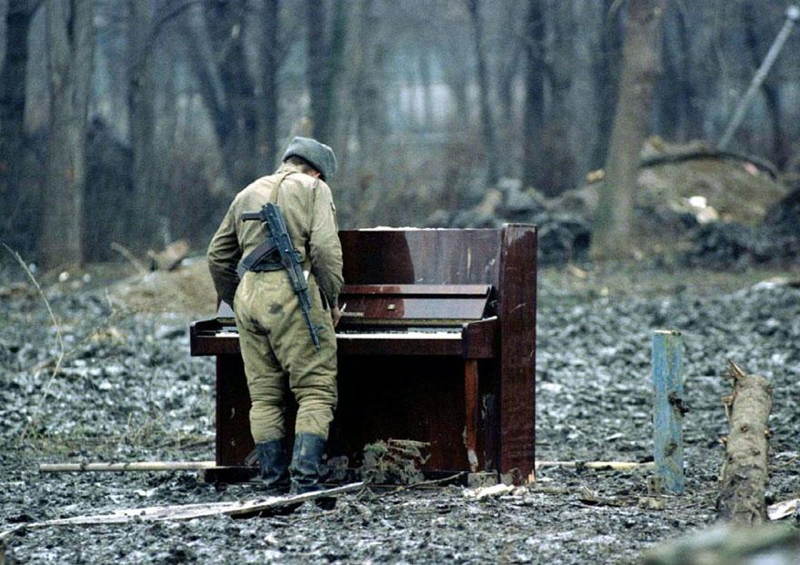Historic Photos That Captured The World’s Attention
Early Influential Photos
The journey of photography began in the early 19th century, and from the start, it became an indispensable tool for documenting the world. But it was in the 20th century that photography gained recognition as a powerful medium for social change and historical documentation. Some of the early influential photos made an indelible mark, shaping public opinion and influencing future generations.
“The Valley of the Shadow of Death” (1855)
One of the earliest known war photographs, “The Valley of the Shadow of Death,” captured by Roger Fenton during the Crimean War, is a chilling reminder of the destruction caused by conflict. The image, which shows cannonballs scattered across a barren landscape, doesn’t display the horrors of combat directly, yet it subtly hints at the toll the war took on soldiers and civilians alike.
Fenton’s photograph not only laid the groundwork for war photography but also raised awareness about the reality of warfare, challenging the glorified narratives of battle. By showing the aftermath, the photo made a profound impact on how people understood the devastation of war.
“Migrant Mother” (1936)
Dorothea Lange’s “Migrant Mother” is another early photograph that changed public perception, especially in the context of the Great Depression. Taken in 1936, this haunting image of Florence Owens Thompson and her children became a symbol of the economic struggles faced by millions of Americans during one of the darkest periods in U.S. history.
The photo didn’t just highlight poverty and suffering; it spurred governmental action, eventually leading to aid programs designed to assist struggling families. Lange’s work became an enduring symbol of empathy and resilience, emphasizing how photography can move society to act with compassion.
Photos that Captured Historic Conflicts
Throughout the 20th century, the camera lens played a crucial role in shaping public opinion during times of war. Some of the most iconic war photographs became synonymous with the events they captured and played a part in influencing both local and global perspectives.
“Raising the Flag on Iwo Jima” (1945)
In the final months of World War II, one photograph emerged that continues to resonate deeply with ideas of patriotism and sacrifice: “Raising the Flag on Iwo Jima.” Captured by Joe Rosenthal, the image shows six U.S. Marines raising the American flag atop Mount Suribachi after a bloody and brutal battle.
The photograph became a symbol of courage, unity, and triumph in the face of adversity. More than just a war photo, it immortalized the sacrifices made by soldiers and became the inspiration for various memorials, including the Marine Corps War Memorial in Arlington, Virginia. This image reinforced the notion that photos could elevate moments to iconic status, providing an enduring visual narrative that stands the test of time.
“Napalm Girl” (1972)
Another image that dramatically shifted public opinion about a conflict was Nick Ut’s Pulitzer-winning photo of Phan Thi Kim Phuc, known as the “Napalm Girl.” Taken during the Vietnam War, this heart-wrenching image shows a young girl running naked down a road, her skin burning from a napalm attack.
This photo exposed the horrors of war to the global public, especially to Americans, and contributed to the growing anti-war sentiment in the U.S. As the war became increasingly controversial, the image of the Napalm Girl acted as a wake-up call, challenging the government’s narratives and amplifying the voices of those calling for peace. It showed the immense human cost of war, one that could not be ignored.
Photos That Captured Social Change
Just as photography has been used to chronicle wars, it has also played a crucial role in documenting social movements. Photos that captured social change stand as timeless records of civil resistance and societal transformation, illustrating how the power of imagery can influence political and social activism.
“The Tank Man” (1989)
One of the most memorable images from the 20th century is that of The Tank Man, the lone protester standing defiantly in front of a column of tanks during the Tiananmen Square protests in 1989. Captured by several photographers, this photo represents resistance against oppression and the will to fight for freedom, even in the face of overwhelming military power.
The image, though powerful, also underscores the unresolved tension between the Chinese government and its people. To this day, the Tank Man remains an icon of civil resistance, his identity unknown, yet his bravery echoing through the annals of history.
“Photography takes an instant out of time, altering life by holding it still.” — Dorothea Lange
“I Have a Dream” (1963)
The Civil Rights Movement in the United States was full of iconic moments, many of which were captured on camera. Perhaps one of the most powerful images from this era is that of Dr. Martin Luther King Jr. delivering his “I Have a Dream” speech during the March on Washington in 1963. The sight of Dr. King standing before a massive crowd at the Lincoln Memorial symbolized hope and the fight for equality.
This photo, and others like it, helped spread the message of the movement across the world, giving momentum to the call for civil rights. Images of this era, including those of peaceful protests and brutal crackdowns, played a crucial role in garnering public support and bringing about legislative change.
Historic photos continue to influence and educate future generations, reminding us that a single image can encapsulate the essence of an entire movement or event. They serve not only as records of the past but as constant reminders of the progress made and the work still left to do.
References
- The Power of War Photography: The Valley of the Shadow of Death
- Dorothea Lange’s Impact on Social Documentary Photography
- The Marine Corps War Memorial: Inspiration and Legacy
- The Napalm Girl: How an Iconic Photo Changed the Vietnam War
- Tiananmen Square Protests and the Story of the Tank Man



























